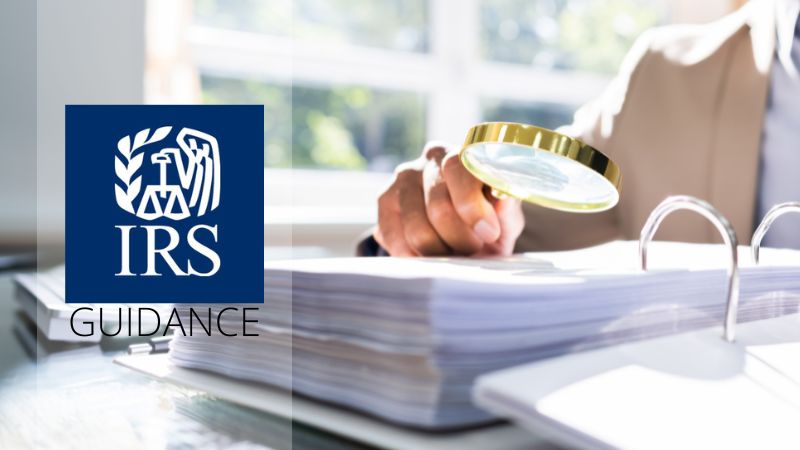U.S. Treasury, IRS Issue Guidance on Clean Vehicle Credits
U.S. Treasury, IRS Issue Guidance on Clean Vehicle Credits
The U.S. Department of the Treasury and the Internal Revenue Service on December 12 released a revenue procedure that sets out the process for manufacturers of clean vehicles to enter into written agreements with the Secretary of the Treasury whereby they agree to submit periodic written reports providing specified information regarding vehicles that are eligible for clean vehicle credits.
The Inflation Reduction Act, signed into law on August 16, 2022, expanded the clean vehicle credit incentives available, as well as certain production requirements. Under the current rules, vehicles must generally be manufactured by a “qualified manufacturer” to be eligible for the clean vehicle credit under Internal Revenue Code (IRC) Section 30D, the qualified commercial clean vehicle credit under IRC Section 45W, and the previously owned clean vehicle credit under IRC Section 25E.
Revenue Procedure 2022-42 outlines procedures under Section 30D(d)(3) for qualified manufacturers to enter into a written agreement with the Secretary of Treasury agreeing to make periodic reports providing items such as vehicle identification numbers and other information the secretary may require.
In addition, Revenue Procedure 2022-42 also provides a reporting process for sellers of clean and previously owned clean vehicles.
Qualified Manufacturer’s Report and Written Agreement
Given the value of the clean vehicle incentives to a manufacturer’s customer base, eligible manufacturers have the opportunity to enter into an agreement with the secretary seeking status as a qualified manufacturer. Signed agreements must be sent to IRS.Clean.Vehicle.Manufacturers@irs.gov. Absent the written agreement, manufacturers will not qualify for the credit as prescribed under Sections 30D, 25E, and 45W.
In addition to the initial written agreement with the secretary, qualified manufacturers will have an ongoing reporting obligation for each eligible vehicle produced, as the IRS will not consider vehicles to meet eligibility requirements unless the qualified manufacturer submits periodic reports containing the required information.
The required reports for the different clean vehicle credits share general reporting requirements, but variations are found given the specific requirements under Sections 30D, 25E, and 45W. For example, for purposes of the Section 25E credit, qualified manufacturers must submit reports for prior model year vehicles, to the extent the information for those vehicles has not already been provided, for such vehicles to be considered qualified previously owned vehicles.
For Section 30D, the qualified manufacturer’s report must include a certification that the final assembly of the motor vehicle occurred within North America and that the percentage of the value of the critical minerals in the vehicle’s battery meets the statute’s requirements.
The revenue procedure provides that the periodic reports by qualified manufacturers must be filed on a monthly basis, by the 15th of each month. Qualified manufacturers must send an email to IRS.Clean.Vehicles.QM.Reporting@irs.gov indicating their intent to submit monthly reports, and the IRS will respond by providing instructions on how to submit the reporting information.
Seller Reports
The new guidance creates additional reporting requirements for sellers of clean vehicles (under Section 30D) and more specifically, for dealers selling vehicles under the Section 25E previously owned clean vehicle credit.
For vehicle sales occurring in the calendar year 2023 or later, sellers must provide reports containing the following information:
- Identification of parties involved in the transaction
- Vehicle Identification Number
- The battery capacity of such a vehicle
- Verification that original use commences with the taxpayer (for new vehicles only)
- The date of sale, sale price, and maximum credit allowable
- If applicable, information regarding the transfer of credit
- Signed declaration statement
The reports must be filed with the IRS within 15 days after the close of the calendar year in a format that the secretary will provide.
Critical Minerals and Battery Component Requirements
The new revenue procedure does not include eagerly awaited guidance on critical minerals and battery components requirements, but it specifies that Treasury and the IRS will explicitly identify when they issue proposed guidance on those topics.

